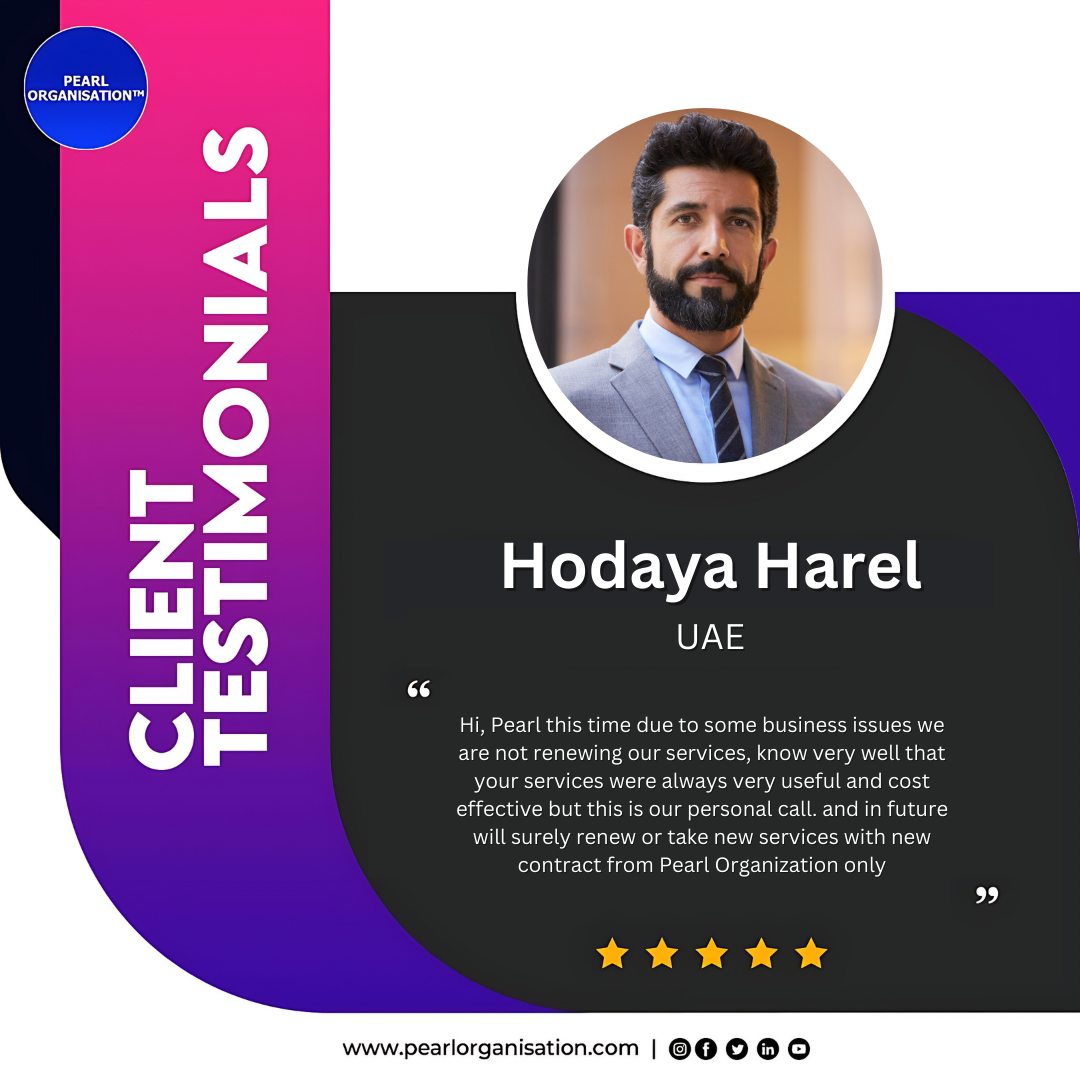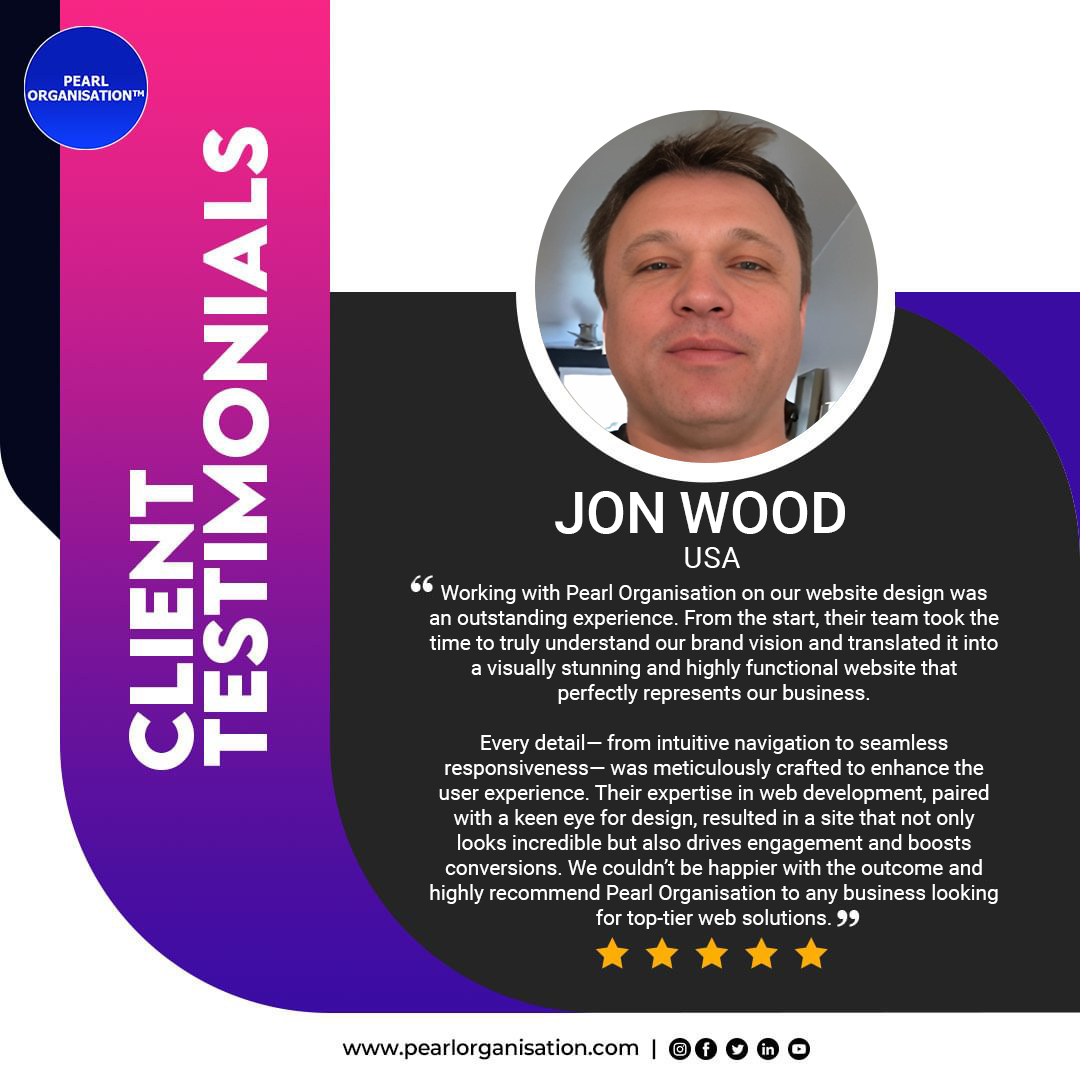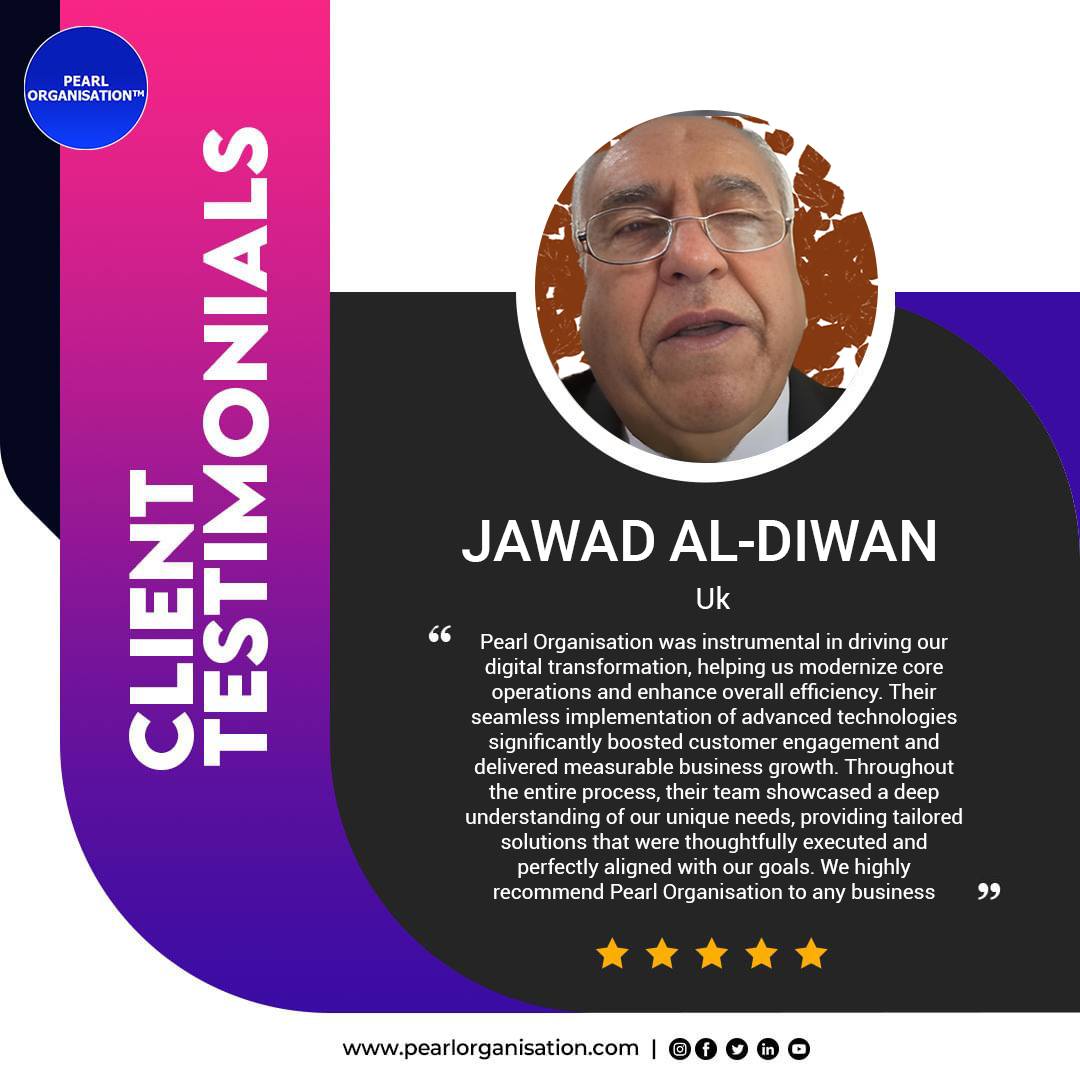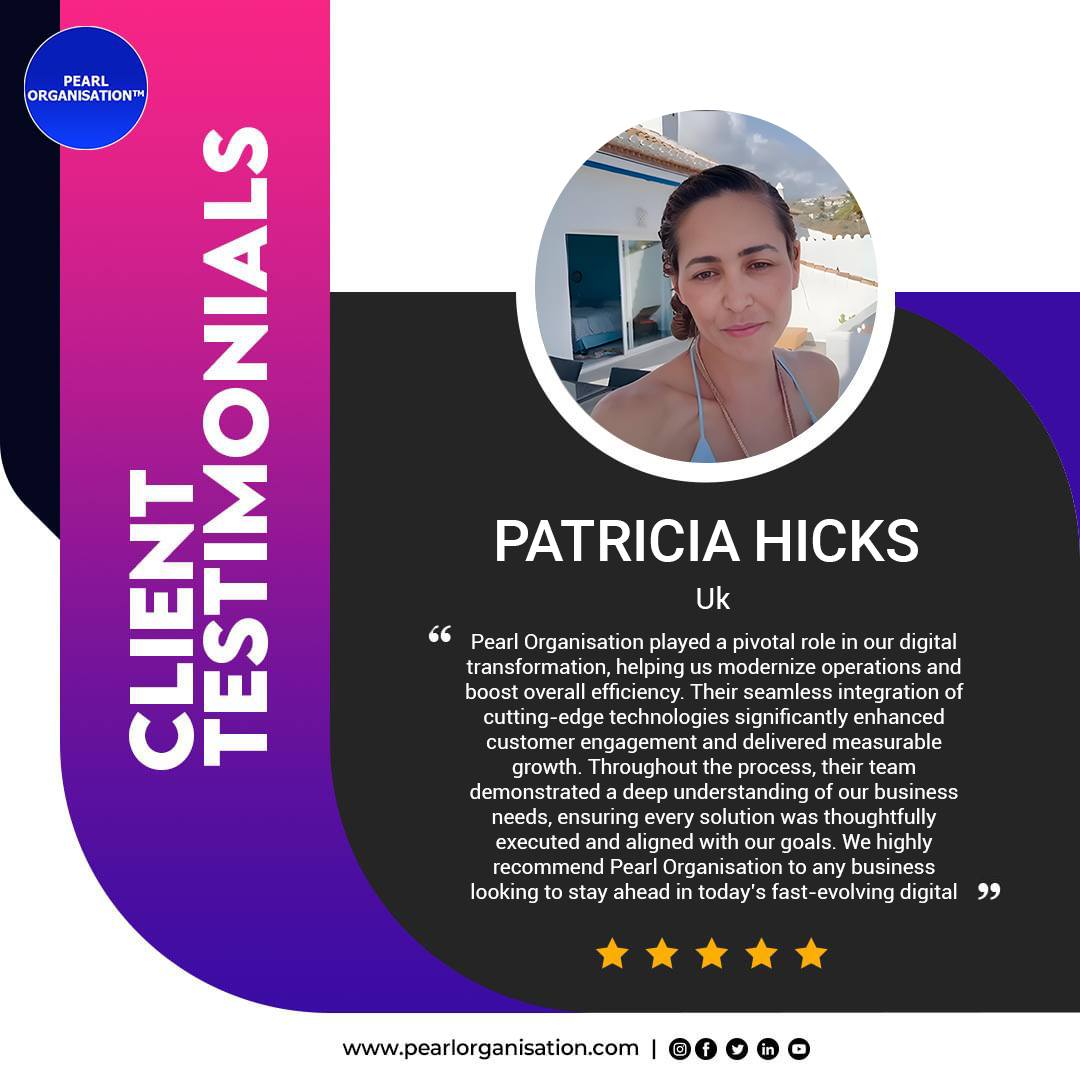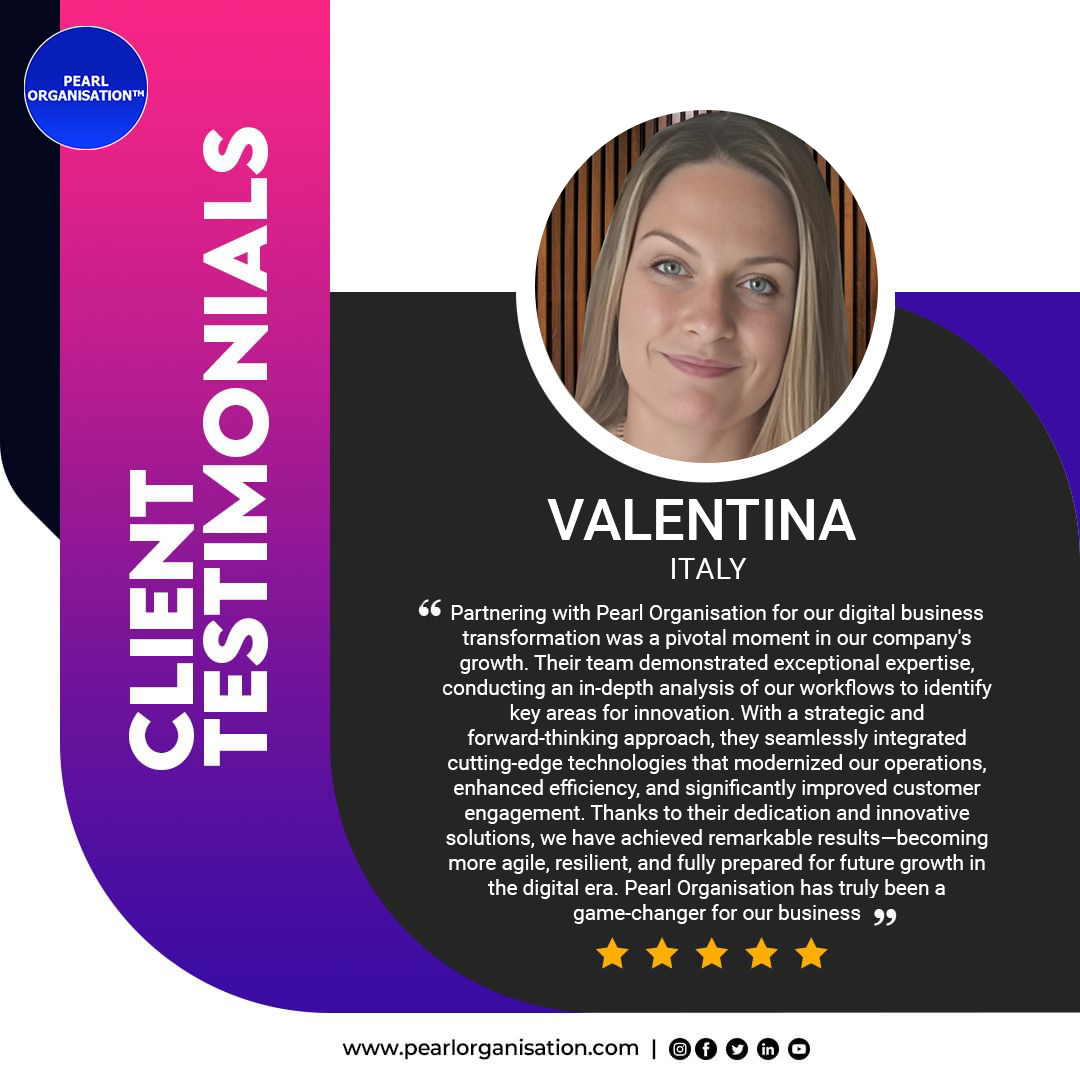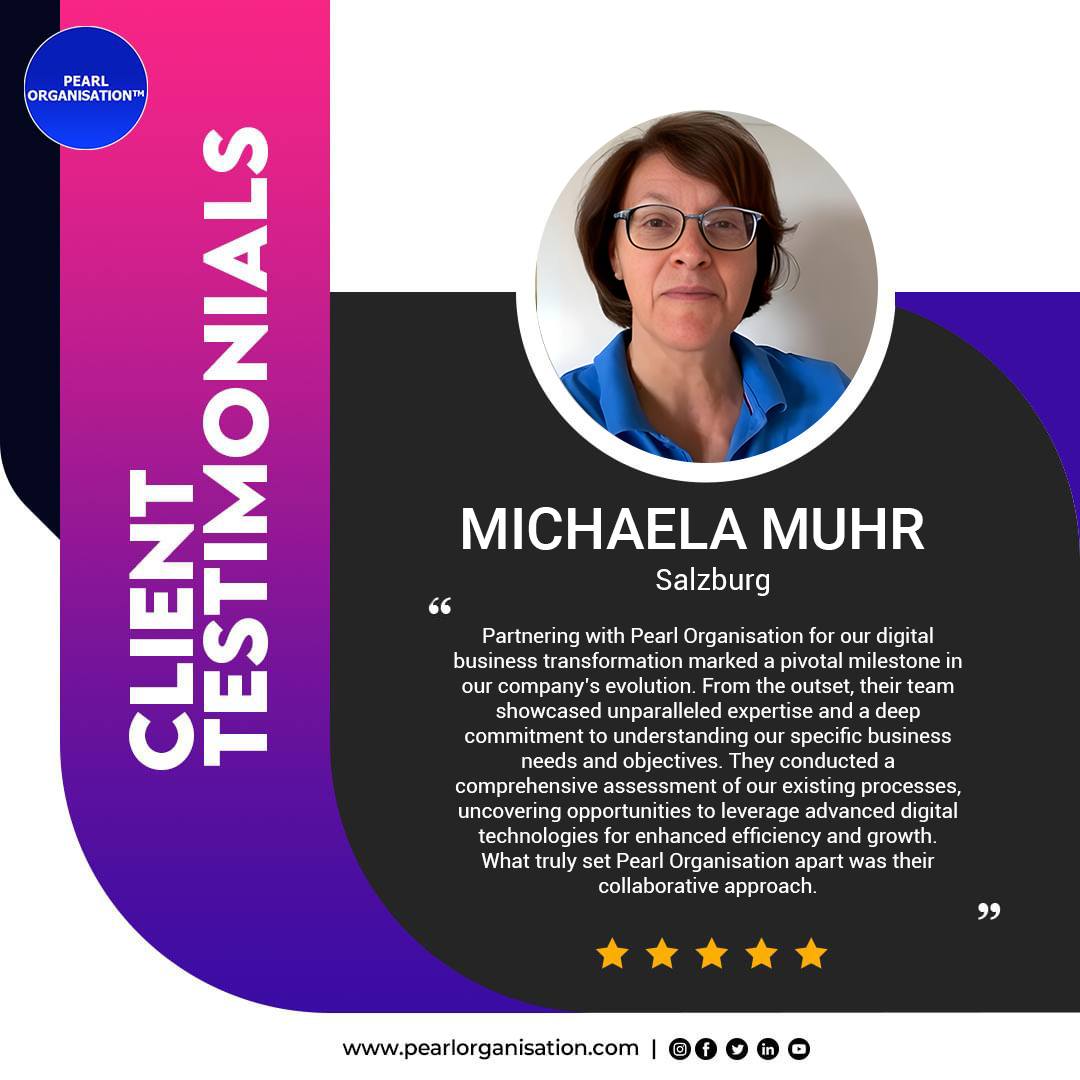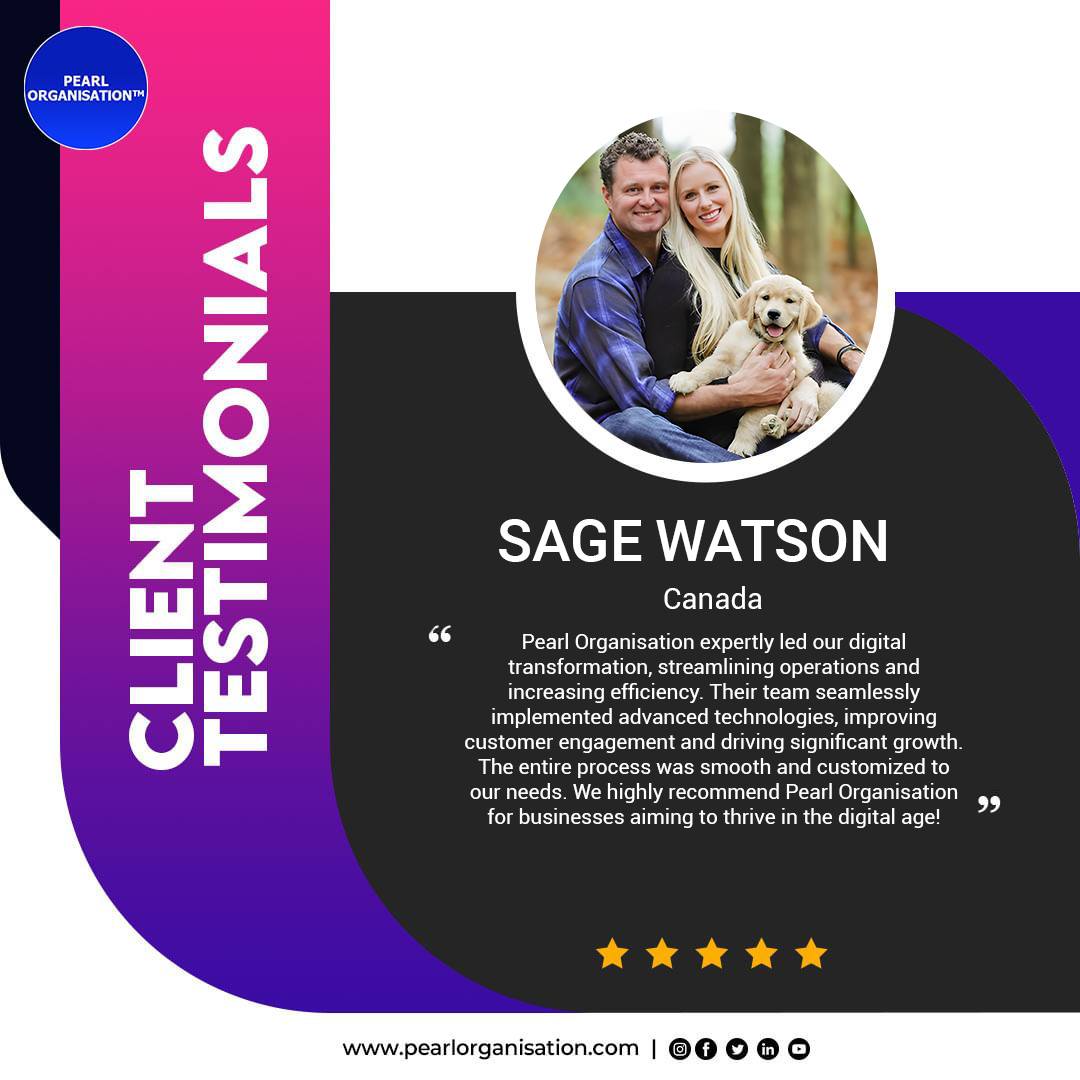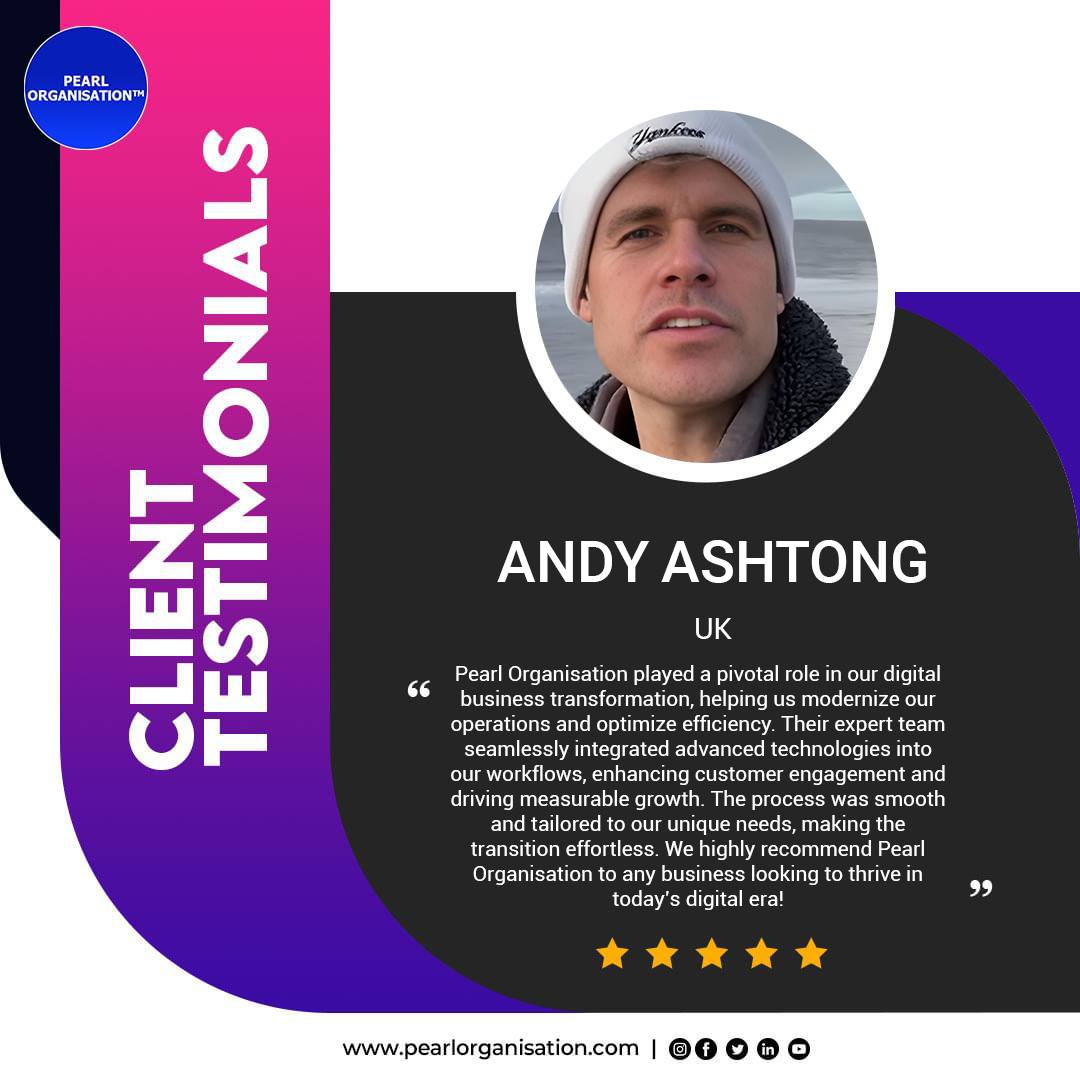Experience-Led Engineering: Redefining Business Growth Through Advanced UI/UX Development
- Larrisa
- Oct 11
- 19 min read

The Evolution of Experience-Led Engineering
From Aesthetics to Strategy: The Changing Definition of UX
There was a time when User Experience (UX) was viewed as a visual afterthought — something to be added near the end of a project to “make things look good.” Design meant colors, buttons, icons, and a bit of flair that made the software appear modern. Yet, as digital ecosystems matured, businesses realized that users weren’t just interacting with interfaces — they were interacting with brands, systems, and emotions.
Every click, scroll, and delay shapes a perception. Every frustration increases bounce rates and customer churn. In today’s hyper-competitive digital economy, UX has evolved from decoration to differentiation, from art to economics. It is no longer about how things look, but about how seamlessly they work and feel.
Experience-Led Engineering (ELE) emerges from this evolution — a framework where UX principles are not bolted onto engineering at the end, but woven into the entire software-development lifecycle. It fuses creativity with computation, empathy with architecture, and emotion with engineering.
What Does Experience-Led Engineering Really Mean?
Experience-Led Engineering is the practice of designing, building, and scaling digital products where the experience itself drives architectural decisions, performance priorities, and even business outcomes.
In traditional software development, you might hear:
“What features should we build?”
In experience-led systems, the conversation shifts to:
“What problem are users trying to solve — and how can we make that solution effortless, intuitive, and delightful?”
That change in perspective rewrites the rules of product design. It means:
Engineering begins with empathy. Before writing a single line of code, the team deeply studies user journeys, emotional states, and behavioral triggers.
Design becomes a technical blueprint. Wireframes, prototypes, and motion studies translate directly into code structure, database design, and API workflows.
Feedback loops replace assumptions. Experience metrics, usability tests, and real-time behavioral analytics inform every sprint and release.
Business success is defined by user success. Instead of vanity KPIs like feature count or delivery velocity, teams measure task completion, user retention, and customer advocacy.
In short, Experience-Led Engineering turns UX from a visual layer into a business system.
The Strategic Imperative: Why UX Is Now a Business Metric
For decades, companies tracked revenue, cost, and conversion. Today, they track satisfaction, effort, and emotional resonance. Modern leaders—from SaaS startups to Fortune 500 enterprises—recognize that experience is the new currency of growth.
Studies by PwC and Forrester consistently show that customers are willing to pay up to 16% more for superior digital experiences, while 32% abandon a brand after a single bad one. The equation is simple:
Better experience = greater loyalty = higher lifetime value.
From an engineering standpoint, this insight changes everything. Developers are no longer just coders — they are experience architects. They must build systems that respond within milliseconds, scale flawlessly under load, and feel personalized for every user. Backend efficiency, database optimization, and API orchestration all feed into the experience economy.
When performance, reliability, and design harmony intersect, you don’t just deliver a product — you deliver trust. And trust, in digital ecosystems, is the most powerful KPI of all.
Business Transformation Through Experience-Led Thinking
Consider how industry leaders use experience as a growth engine:
Amazon obsessively tracks user friction points — from one-click checkout to predictive delivery — making convenience a measurable business asset.
Apple treats every gesture and animation as part of brand equity. Engineering teams build hardware and software around human experience, not the other way around.
Airbnb and Spotify integrate emotional design — joy, belonging, anticipation — into their technical frameworks. These feelings translate directly into longer usage sessions and higher retention rates.
These are not “design-first” companies — they are experience-first enterprises, where engineering decisions stem from human insight.
Experience-Led Engineering gives businesses a repeatable way to achieve this alignment. It merges design intuition with data-driven rigor, ensuring every release cycle moves two needles simultaneously: usability and profitability.
The Core Pillars of Experience-Led Engineering
Empathy as the Foundation – Understanding users’ motivations, emotions, and limitations shapes meaningful product strategies.
Design-Driven Development – UX decisions guide backend architecture, ensuring consistency and performance serve experience goals.
Continuous Validation – Real-time analytics, user testing, and A/B experiments feed iterative improvement.
Cross-Functional Collaboration – Designers, engineers, product managers, and marketers operate as one unit bound by experience metrics.
Outcome-Based Measurement – Success is defined by impact on user satisfaction, conversion rates, retention, and advocacy.
When these pillars are embedded into an organization’s DNA, UX ceases to be a department — it becomes a culture of craftsmanship and care that directly propels revenue growth.
Experience as a Competitive Moat
In a world of near-identical technologies, pricing, and features, differentiation lies not in what you offer but how it feels to use it. A product that “just works” effortlessly builds invisible loyalty.
As competitors race to adopt AI, automation, and cloud-native infrastructure, those who prioritize human-centered experiences will lead the next decade of digital transformation. Experience-Led Engineering ensures that innovation doesn’t just happen for users — it happens with them.
Building the Foundations: From Principles to Practice
Design Thinking Meets Engineering Precision
At the heart of Experience-Led Engineering lies a philosophical shift: the fusion of design thinking and engineering execution. Traditionally, design and engineering existed in parallel silos. Designers empathized with users, while engineers optimized for system efficiency. The result often created tension — beauty that wasn’t feasible or performance that wasn’t usable.
Experience-Led Engineering dissolves this divide. It transforms the software development process into a seamless continuum, where every design decision is technically grounded, and every engineering solution is experience-driven.
Design thinking brings the “why” — empathy, imagination, and understanding of user journeys. Engineering provides the “how” — scalability, reliability, and technical execution. When these forces align, they produce what every modern business demands: usable innovation — products that are not only functional but emotionally resonant and commercially valuable.
1. Empathy and Research: The Foundation of Experience
The first step toward experience-led design is understanding the user’s world — not through assumptions, but through evidence.
Contextual inquiry reveals where and how people interact with technology.
Behavioral analytics show how small frictions cascade into abandoned carts or uninstalled apps.
Emotional mapping identifies the subtle cues that determine whether a user feels confident or confused.
Accessibility testing ensures inclusivity — because every barrier removed broadens your market and deepens your brand reputation.
When engineers participate in user research sessions, they stop seeing “tickets” or “modules” — they start seeing people. That human connection changes how they code. Lines of code become lines of empathy. Backend functions turn into business empathy engines.
As global UX leaders often note: “The closer engineers are to the end user, the fewer defects the system will ever have.”
2. Translating Empathy into Architecture
Once insight is gathered, the next step is turning those observations into architecture. This is where Experience-Driven Architecture (EDA) comes into play — a practice that designs systems around user flows, not system constraints.
For example:
A user’s need for instant feedback inspires a microservices-based system with asynchronous APIs.
A need for predictability drives automated session recovery and smart caching layers.
A desire for trust leads to transparent data models, secure encryption, and visible permissions.
Thus, UX outcomes directly influence how databases are structured, how APIs are sequenced, and how performance budgets are enforced. In ELE, architectural decisions aren’t just technical — they are experiential commitments.
Pearl Organisation’s engineering philosophy already aligns with this mindset — where every deployment or version upgrade is designed not to add features but to improve human flow across systems.
3. Cross-Functional Collaboration: Eliminating Silos
An experience-led system cannot thrive if teams remain isolated. In traditional pipelines, design happens first, then product planning, and finally engineering execution. Each handoff loses context — empathy evaporates, and priorities shift toward deadlines instead of impact.
Experience-Led Engineering replaces this with collaborative loops:
Designers work directly inside sprint planning meetings.
Engineers co-create prototypes with design tools like Figma, Framer, or Adobe XD.
Product managers moderate live feedback sessions with actual users.
QA teams track usability defects alongside functional bugs.
This continuous exchange of ideas creates alignment around one truth — the user experience itself is the product. By removing silos, organizations convert linear workflows into circular ecosystems of improvement.
In mature ELE environments, these circles are institutionalized through:
Design Ops (to scale design systems efficiently),
DevOps (to automate deployment cycles),
and UXOps (to automate user insight collection).
Together, they create what leading enterprises call the Triad of Continuous Experience — Design, Development, and Data operating in perpetual harmony.
4. Iterative Prototyping: Reducing Risk, Amplifying Confidence
In Experience-Led Engineering, perfection is never planned — it’s prototyped. Prototyping is the bridge between imagination and implementation, where risk meets validation.
Instead of large, high-risk rollouts, ELE embraces continuous iteration:
Low-fidelity wireframes validate structure and hierarchy.
Interactive prototypes test user journeys before a single database is built.
Micro-interactions and motion studies help measure emotional response, not just task completion.
Beta releases with telemetry capture real-world behavioral data.
This incremental validation reduces cost, accelerates decision-making, and creates a feedback culture that values learning over assumption.
Moreover, when engineers prototype with designers, the “hand-off gap” — often responsible for misalignment — disappears. Prototypes become living documentation, serving both design and development. This model echoes the Build-Measure-Learn loop from Lean UX, but with deeper engineering integration and business accountability.
5. Continuous Feedback and Measurement: Closing the Loop
True experience-led systems never go live and “stay still.” They evolve continuously through instrumented feedback loops embedded at every layer — from frontend gestures to backend latency.
In ELE ecosystems, feedback mechanisms include:
In-app surveys and sentiment scoring(captures emotional feedback directly from users).
Telemetry and event logging(reveals where users hesitate, retry, or abandon).
Performance monitoring tools(ensures experience consistency under high load).
Session replays and heatmaps(visualize usability friction in real time).
AI-based anomaly detection(identifies drops in engagement before they impact revenue).
By merging qualitative and quantitative signals, businesses gain experience intelligence — an operational model where code, customer behavior, and emotion all feed a shared insight dashboard.
Pearl Organisation already embodies this principle through its integrated client dashboards, data-driven UX reviews, and continuous reporting systems that monitor engagement metrics beyond page views — focusing instead on ease, intent, and satisfaction.
6. Governance, Consistency, and Design Systems
One of the hidden barriers to scalable experience is inconsistency. Without structure, even well-designed products lose coherence as they grow. ELE solves this through Design Systems — standardized, component-driven frameworks that unify design language, tone, and behavior across platforms.
A robust design system defines:
Typography, color palettes, and accessibility ratios.
Interactive states (hover, press, focus).
Grid structures and spacing tokens.
Pre-approved UI components (buttons, modals, cards).
Motion principles and micro-interaction rules.
Voice and tone guidelines for microcopy.
From an engineering perspective, a design system becomes a front-end API for experience. It lets teams build faster without reinventing patterns, ensures accessibility compliance, and aligns products with brand identity — all while maintaining technical efficiency through reusable code blocks and shared component libraries.
Governance ensures the design system evolves responsibly — every addition, variant, or token must align with both user feedback and performance criteria.
At Pearl Organisation, this philosophy aligns perfectly with how enterprise systems are built — using modular, scalable, and accessible UI frameworks that reduce development time while maintaining pixel-level perfection.
7. Experience Leadership: Creating Ownership Beyond Design Teams
Experience cannot be championed by designers alone; it needs executive ownership. Modern organizations appoint roles such as Chief Experience Officer (CXO) or Experience Evangelist — leaders who bridge the language between boardroom metrics and user insights.
These leaders advocate for:
Making experience KPIs part of quarterly OKRs.
Embedding experience reviews in all product milestones.
Rewarding teams not only for shipping features but for delighting users.
Aligning business strategy with experience strategy.
When leadership treats experience as a capital asset — not a creative function — it begins to appear in annual reports, investor decks, and corporate valuations. The brand becomes synonymous with the experience it delivers.
8. Building a Culture of Experience
No process or design system will sustain without the right culture. Experience-Led Engineering thrives only in environments where every individual — developer, marketer, support agent — feels responsible for user happiness.
This cultural transformation involves:
Transparency: Sharing experience dashboards company-wide.
Training: Upskilling engineers in human-centered design and usability.
Rituals: Hosting monthly “experience retrospectives” to review what worked and what didn’t.
Recognition: Celebrating teams for reducing user friction, not just closing tickets.
Inclusion: Ensuring accessibility, diversity, and ethical design principles inform every product decision.
When culture shifts from “does it work?” to “does it feel right?”, technology starts serving its true purpose — empowering humans. This mindset is what separates companies that survive from those that define the future.
The Blueprint in Action
In a mature Experience-Led Engineering ecosystem:
Designers and engineers co-own product direction.
Users become collaborators, not end consumers.
Metrics move from efficiency to empathy.
Every release enhances not just the product, but the perception of the brand itself.
It’s a transformation that reshapes entire organizations — from how teams plan sprints to how CEOs measure success.
Experience as a Metric: Turning UX into Quantifiable Business Value
1. From Art to Analytics: The Measurable Evolution of UX
For years, User Experience (UX) was treated as something abstract — guided by intuition, taste, or creativity. While design intuition still matters, modern enterprises have realized that experience is measurable, predictable, and directly linked to financial performance.
When Pearl Organisation designs enterprise systems, mobile applications, or digital platforms, every experience decision is backed by data, behavioral science, and analytics instrumentation.
UX is not a subjective element anymore; it’s a business performance layer — as measurable as uptime, traffic, or conversion rate.
This transformation is called Experience Quantification — the process of defining, tracking, and improving user experiences through quantifiable KPIs that reflect emotional, behavioral, and financial impact.
2. Why Experience Metrics Matter to Business Leaders
Today’s CEOs, CMOs, and CTOs no longer ask “Is the design attractive?” They ask:
Does this redesign increase customer retention?
Does our new interface reduce support tickets?
How much revenue per active user does improved usability generate?
Are our UX improvements reducing churn and time-to-conversion?
These are not creative questions — they are boardroom questions. And they prove that UX, when engineered correctly, becomes a strategic lever for ROI.
3. The Three Dimensions of UX Measurement
To make experience measurable, organisations must evaluate it across three dimensions:
Dimension | What It Measures | Examples of Metrics | Business Impact |
Behavioral | What users do on your platform | Task success rate, drop-off rate, navigation path, time on task | Reveals friction and usability barriers |
Perceptual (Emotional) | What users feel | Customer satisfaction (CSAT), Net Promoter Score (NPS), Sentiment analysis | Indicates trust, brand perception, loyalty |
Operational / Financial | How UX affects business performance | Conversion rate, retention, LTV, customer effort score (CES), revenue per active user | Ties UX improvements directly to growth metrics |
By merging these three layers, experience-led teams create a 360° performance model — measuring how ease of use, emotional delight, and business growth interact in real time.
4. Core UX and Experience KPIs That Matter
Below is a detailed table of primary UX metrics, their calculation logic, and how they map directly to business KPIs — a model used widely in product-led enterprises and experience-driven organizations like Pearl Organisation:
Metric Name | Formula / Measurement Logic | What It Reveals | Business Correlation |
Task Success Rate (TSR) | (No. of users completing a defined task ÷ Total users attempting it) × 100 | Ease of usability; measures completion efficiency | Higher TSR = Lower churn, improved customer satisfaction |
Time on Task (ToT) | Average time to complete a core action | Efficiency; identifies friction points | Shorter ToT = Faster conversions, higher engagement |
Error Rate (ER) | (Failed task attempts ÷ Total attempts) × 100 | Interface clarity and error prevention | Lower ER = Fewer support costs and rework hours |
Customer Effort Score (CES) | Survey-based score (1–5 or 1–7 scale) on ease of use | Simplicity and perceived effort | Lower CES = Higher retention and advocacy |
Net Promoter Score (NPS) | %Promoters – %Detractors | User loyalty and brand sentiment | High NPS = Increased organic referrals |
Feature Adoption Rate | (Active users of a feature ÷ Total active users) × 100 | Relevance and engagement | |
Retention Rate | (Users active after 30 days ÷ New users acquired) × 100 | Long-term user loyalty | High retention = Higher LTV, lower CAC |
Churn Rate | (Users lost ÷ Total users) × 100 | Dissatisfaction or experience breakdown | Lower churn = Better UX and reduced acquisition dependency |
Support Ticket Frequency | Total UX-related tickets per month | Indicates usability issues | Lower frequency = Better experience quality |
Conversion Rate (CR) | (Conversions ÷ Total visitors) × 100 | Success of experience flow | Higher CR = Increased revenue and ROI |
These metrics provide both diagnostic and strategic insights — they not only tell you what’s wrong but also how fixing it impacts the bottom line.
5. Quantifying ROI from UX Improvements
To make experience-led decisions credible in board discussions, teams must translate UX improvements into financial outcomes.
Below is an illustrative framework used by leading technology companies (and adaptable for Pearl Organisation’s clients):
UX Improvement | Quantified Impact | Business Result |
Simplified checkout process | 25% decrease in cart abandonment | +18% revenue growth (monthly) |
Faster page load (from 3s → 1s) | +30% session duration | +22% conversion increase |
Improved onboarding flow | 40% increase in task completion | +28% user activation |
Clearer error handling messages | 50% fewer support tickets | +35% reduction in support costs |
Enhanced dashboard usability | 2× repeat login frequency | +19% increase in LTV |
These figures demonstrate that good UX is not an expense — it’s an investment multiplier.
When experience becomes measurable, leadership no longer debates its value; they see it on revenue charts and retention dashboards.
6. Connecting UX Data with Business Intelligence (BI) Systems
In an Experience-Led Engineering environment, metrics are not isolated — they’re integrated into business systems. To achieve this, Pearl Organisation often connects UX telemetry (from Google Analytics, Mixpanel, Hotjar, or in-house systems) with business data lakes and AI-powered dashboards.
This integration allows:
Real-time visibility: Track user experience metrics alongside revenue and conversion data.
Predictive analysis: AI models forecast churn or satisfaction drops before they happen.
Cross-functional decisions: Product, marketing, and engineering all rely on a unified experience performance layer.
KPI ownership: Every department shares responsibility for improving experience indicators, not just design teams.
This model converts UX into an organizational KPI, not just a creative metric — making it as critical as uptime or revenue.
7. Experience Analytics Framework (Pearl Model)
Pearl Organisation can implement the following Experience Analytics Framework (EAF) across client systems, especially within ERPs, mobile apps, and SaaS platforms:
Layer | Data Source | Purpose | Example Tool / Method |
Engagement Layer | User behavior (clicks, navigation, dwell time) | Understand interaction patterns | Mixpanel, Hotjar, GA4 |
Performance Layer | Load times, response latency | Correlate system performance with satisfaction | New Relic, Lighthouse |
Feedback Layer | Surveys, reviews, CSAT, NPS | Capture qualitative insights | Typeform, Qualtrics |
Financial Layer | Revenue, conversion, churn | Link UX to profitability | Data Studio, Power BI |
Predictive Layer | AI & ML insights | Forecast retention & risk | Custom ML models in Azure / GCP |
By layering behavioral, emotional, and financial data, the framework turns UX into an actionable intelligence system — one that can predict business outcomes through experience signals.
8. Defining the Experience KPI Hierarchy
To scale experience management, organizations must structure metrics into a KPI hierarchy. This ensures leadership sees the full impact from micro (interaction) to macro (revenue).
Level | Type of Metric | Example Metric | Business Role |
Level 1: Micro (Interface Level) | Interaction efficiency | Click accuracy, completion rate | Usability improvement |
Level 2: Meso (Journey Level) | Flow and navigation metrics | Drop-off points, journey completion | Conversion optimization |
Level 3: Macro (Business Level) | Strategic KPIs | Retention, NPS, CLTV | Revenue and brand performance |
This hierarchy ensures that every pixel designed and every millisecond saved ladders up to a measurable business goal.
9. Visualizing Experience Metrics: The Dashboard Model
An effective ELE ecosystem includes Experience Dashboards — visual BI layers that unify design, development, and business insights.
A sample dashboard structure might include:
Engagement Overview: active sessions, average session time, top pages.
Conversion Flow: journey completion percentage, drop-off locations, abandonment reasons.
Emotional Metrics: CSAT/NPS trend lines, user sentiment over releases.
Technical Health: page load times, latency spikes, device distribution.
Revenue Linkage: UX-influenced conversions, ARPU growth, churn reduction trend.
By transforming UX data into visual intelligence, decision-makers can immediately connect design changes with bottom-line results — aligning every team toward measurable experience ROI.
10. Beyond Measurement: The Predictive Future of UX
With AI and data-driven systems, experience measurement is moving from reactive analytics to predictive intelligence. Future-ready platforms (like those being developed at Pearl Organisation) integrate:
Machine Learning models that detect micro-frustrations before users quit.
Voice sentiment analytics in support chats to identify dissatisfaction early.
AI-driven heatmaps that learn which screen elements attract or repel attention.
Cognitive UX scoring systems that predict emotional engagement based on micro-interactions.
In this new era, experience no longer waits to be measured — it measures itself.
Challenges, Pitfalls, and the Future of Experience-Led Engineering
1. Why Challenges Exist: The Human and Structural Complexity
Experience-Led Engineering (ELE) demands alignment between technology, design, and culture — three domains that rarely evolve at the same speed. Most organizations struggle not because they lack talent or vision, but because legacy structures, conflicting incentives, and poor measurement systems fragment the user journey.
In practice, the biggest challenges come from:
Organizational silos between design, engineering, and business strategy.
Short-term delivery pressures overriding long-term experience investment.
Lack of quantitative frameworks to justify UX improvements.
Cultural inertia — teams see experience as a “soft” concept, not an operational metric.
Data overload — too many analytics dashboards with no unified narrative.
Understanding these pitfalls helps organizations design realistic, scalable frameworks for experience governance.
2. Common Challenges in Experience-Led Engineering
Challenge Category | Description | Consequences if Unresolved | Strategic Solution |
A. Siloed Departments | Design, engineering, marketing, and business operate separately, each with different KPIs. | Fragmented experiences, duplicated work, slower innovation. | Create cross-functional “experience pods” integrating all teams under one OKR framework. |
B. Misaligned Metrics | Engineering measures uptime; marketing measures conversion; UX measures satisfaction — no unified view. | Conflicting priorities, unclear ownership of outcomes. | Define shared “Experience KPIs” combining behavioral, emotional, and business metrics. |
C. Data Without Insight | Multiple analytics tools collect uncorrelated metrics. | Decision paralysis; reactive problem-solving. | Build a centralized Experience Intelligence Layer (XIL) linking data to business dashboards. |
D. Resistance to Change | Teams comfortable with waterfall or siloed processes resist design-thinking integration. | Slow adoption, lack of innovation culture. | Initiate change management programs, training, and leadership endorsement. |
E. Over-Focus on Aesthetics | Teams prioritize visuals over functionality, accessibility, or speed. | High bounce rates, poor usability, negative reviews. | Shift from “Design Beauty” to “Functional Beauty” — design that performs and delights. |
F. Technical Debt & Legacy Systems | Outdated architecture limits flexibility and scalability. | Poor performance, inconsistent user flows. | Refactor legacy systems using modular design systems and microservices. |
G. Lack of Continuous Feedback | Feedback is gathered only during release phases, not continuously. | Missed insights, delayed improvement cycles. | Implement automated feedback loops and user telemetry across all touchpoints. |
By identifying and addressing these categories systematically, businesses can progress toward maturity in Experience-Led Engineering — a stage where user experience becomes embedded in organizational DNA.
3. Organizational Transformation: Shifting Culture, Not Just Code
The hardest challenge in ELE isn’t building a better UI — it’s building a better mindset.
A true experience-driven culture requires three types of transformation:
Transformation Type | Focus Area | Outcome When Achieved |
Cultural | Shared ownership of UX across every department | Experience becomes a company-wide mission, not a design goal |
Operational | Reengineering processes around customer journeys instead of internal silos | Teams co-create solutions, reducing friction and iteration time |
Technological | Building modular, scalable, and data-connected platforms | Enables continuous measurement and adaptation of experience KPIs |
Pearl Organisation’s philosophy mirrors this tri-dimensional model — emphasizing that real transformation occurs when culture, process, and technology converge around the user.
4. Managing Experience Debt
Just as codebases accumulate technical debt, organizations accumulate experience debt — inconsistencies, poor design patterns, and user frustrations that pile up over time.
Type of Experience Debt | Root Cause | Impact on Business | Resolution Strategy |
Usability Debt | Poor navigation, non-responsive elements | Lower task success, higher abandonment | |
Performance Debt | Long load times, unoptimized assets | Reduced engagement, high bounce rate | Integrate performance budgets into CI/CD pipelines |
Consistency Debt | Mismatched components or styles | Broken brand perception | Implement centralized design system and governance |
Feedback Debt | Ignoring or delaying user feedback | Customer frustration and negative NPS | Automate user feedback loops and deploy hot-fix releases |
Accessibility Debt | Lack of inclusivity or compliance | Legal risk and lost market share | Apply WCAG 2.2 standards; run regular audits |
Experience debt often remains invisible until it impacts metrics like churn or support cost. Regular audits, combined with real-time analytics, help maintain the experience integrity of large platforms.
5. Bridging the Gap: Aligning Business, Design, and Engineering Goals
Experience-Led Engineering thrives when everyone speaks the same language. At Pearl Organisation, this alignment is achieved through Experience Governance Models (EGM) that connect design language, performance benchmarks, and strategic goals.
An EGM typically includes:
Unified Experience OKRs → measurable at both team and executive levels.
Experience Councils → committees where cross-department leaders review experience health.
Design Debt Registers → documentation of usability issues with prioritization tiers.
Performance Budgets → UX-oriented SLAs for load time, responsiveness, and latency.
Experience Reports → monthly reports mapping UX metrics to business outcomes.
This governance ensures that every new line of code or design iteration serves a measurable purpose — improving user satisfaction and driving ROI.
6. AI, Data, and the Next Generation of Experience Measurement
The future of Experience-Led Engineering is AI-amplified. Artificial intelligence, machine learning, and behavioral analytics are transforming how organizations design, deliver, and monitor experiences.
Key Advancements:
AI-Driven Innovation | What It Does | Impact on UX & Business |
Predictive Experience Modeling (PEM) | Uses historical user behavior to predict friction points before they occur. | Prevents churn by optimizing journeys proactively. |
AI-Based Sentiment Analysis | Analyzes emotional tone in chats, reviews, or voice interactions. | Identifies hidden dissatisfaction and boosts CSAT. |
Generative Design Systems | AI suggests design layouts, color schemes, and accessibility fixes. | Accelerates prototyping and ensures inclusive design. |
Adaptive UX | Interfaces dynamically adjust based on context (device, emotion, intent). | Creates personalized, high-retention experiences. |
Conversational UX & AI Agents | Integrates natural language assistants within apps and ERPs. | Improves support, engagement, and onboarding experience. |
Pearl Organisation’s AI-centric roadmap aligns with these developments — integrating AI-first UX pipelines into product lifecycles for clients across sectors like healthcare, retail, fintech, and e-commerce.
7. Ethical Experience Design: The New Responsibility Frontier
As personalization deepens through AI and behavioral analytics, the ethical responsibility of designers and engineers grows exponentially. Future-focused ELE frameworks emphasize ethical UX — design that’s transparent, inclusive, and non-manipulative.
Core principles include:
Transparency: Clearly communicate data usage and consent.
Fairness: Avoid biased algorithms or exclusionary design patterns.
Accessibility: Design for all cognitive and physical abilities.
Sustainability: Reduce energy load through efficient engineering and green hosting.
Privacy by Design: Integrate GDPR-compliant and privacy-respectful workflows from day one.
Experience without ethics breeds distrust — and in the age of AI, trust is the ultimate UX currency.
8. Continuous Improvement: Institutionalizing the Experience Feedback Loop
Experience-Led Engineering is never “done.”It thrives on continuous learning and iteration. A mature ELE organization creates a living ecosystem where every feature, update, and interaction feeds back into improvement.
ELE Continuous Improvement Model (Pearl Framework):
Stage | Activity | Key Tools / Methods | Outcome |
1. Observe | Capture data and feedback from users in real time. | Analytics, heatmaps, NPS, telemetry | Identify friction and delight points. |
2. Analyze | Correlate user data with business KPIs. | Power BI, Looker, GA4, in-house dashboards | Understand experience impact on revenue. |
3. Ideate | Co-create solutions through cross-functional brainstorming. | Design Sprints, Figma Jam, Miro | Generate experience-driven hypotheses. |
4. Prototype | Rapidly test solutions before engineering commitment. | Framer, XD, InVision | Validate with minimal resource waste. |
5. Implement | Integrate validated ideas into production environments. | Agile DevOps, CI/CD pipelines | Deliver value faster. |
6. Measure Again | Compare post-launch metrics with baselines. | UX Analytics Stack | Track improvement, re-start cycle. |
This loop institutionalizes learning, ensuring that UX maturity increases continuously — not through luck, but through measurable process discipline.
9. The Future Outlook: The Rise of “Cognitive Experience Engineering”
As AI, automation, and cloud scalability converge, the next frontier is Cognitive Experience Engineering (CExE) — systems that understand, adapt, and evolve based on user cognition.
Key characteristics of this next wave:
Context Awareness: Apps respond differently depending on emotional tone or intent.
Predictive Guidance: Systems anticipate next actions and simplify them.
Emotional Adaptation: Interfaces adjust tone, visuals, or complexity dynamically.
Multi-modal Experiences: Integration of voice, gesture, and AR interfaces for seamless engagement.
Self-Optimizing Systems: AI agents modify layouts, workflows, and copywriting automatically based on live performance data.
In this environment, Experience-Led Engineering evolves into Experience Intelligence — a discipline that treats every digital interaction as both a data point and a design opportunity.
10. Final Insight: The Business of Emotion
In the end, Experience-Led Engineering isn’t about pixels or APIs — it’s about emotion translated into performance. Businesses that understand and engineer for emotion outperform those that don’t.
A single frustration (slow page, unclear message) can cost thousands in revenue. A single delight (fluid animation, instant feedback) can create lifelong loyalty.
When empathy meets engineering, organizations create more than products — they create relationships. That’s why future-ready companies like Pearl Organisation treat UX not as a creative layer but as a strategic, measurable, and emotional business function — a core metric of trust, retention, and growth.


























